Optimal Timing for Curtain Drain Installation
Scheduling curtain drain installations requires consideration of seasonal weather patterns. The optimal time is typically during dry periods when soil conditions are stable, allowing for easier excavation and installation. Spring and early summer often provide the best conditions due to moderate rainfall and manageable ground moisture levels.
Spring offers moderate weather and soil conditions ideal for curtain drain installation, reducing delays caused by excessive rain or frozen ground.
Late summer and early fall can also be suitable, especially before the onset of heavy autumn rains, ensuring proper drainage setup.
Winter and periods of heavy rainfall should be avoided due to frozen ground and saturated soil, which complicate installation and may compromise effectiveness.
Optimal soil moisture levels facilitate easier excavation and ensure proper settling of drainage systems, making weather conditions a key factor in scheduling.
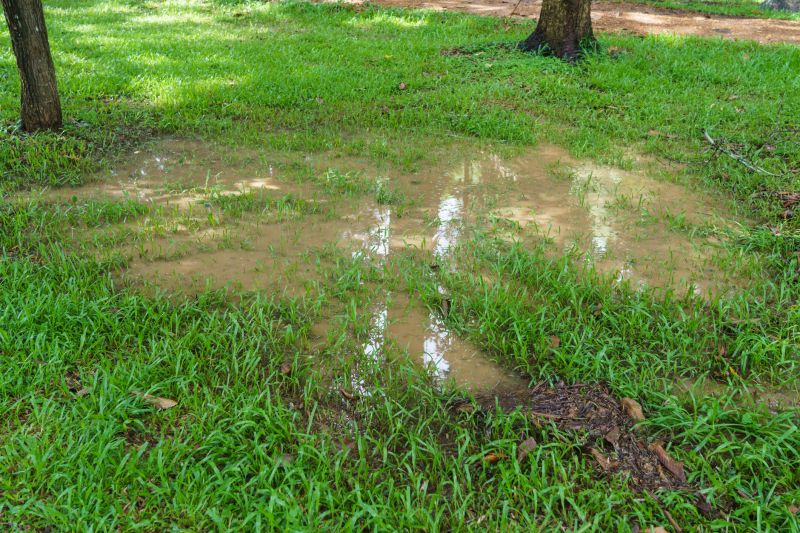
Spring weather provides ideal conditions for effective installation and soil stability.
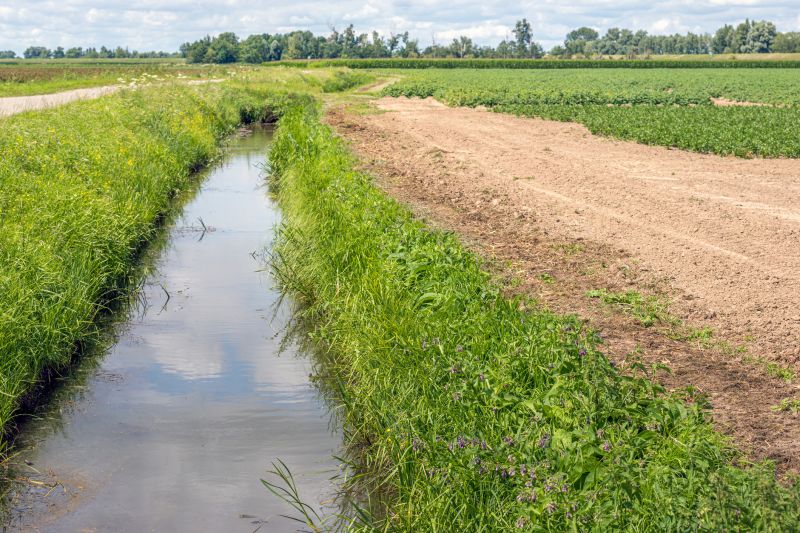
Dry periods allow for precise excavation and placement of drainage systems.
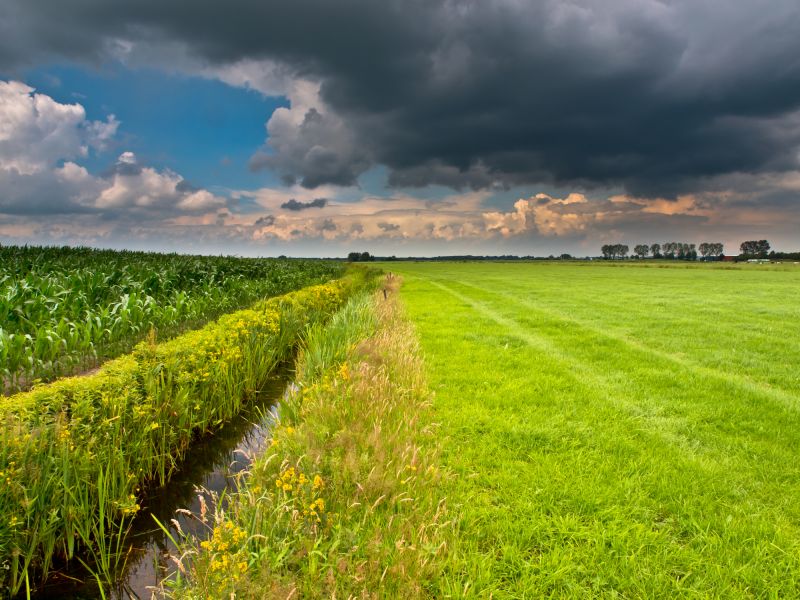
Understanding seasonal soil moisture helps determine the best time for installation.
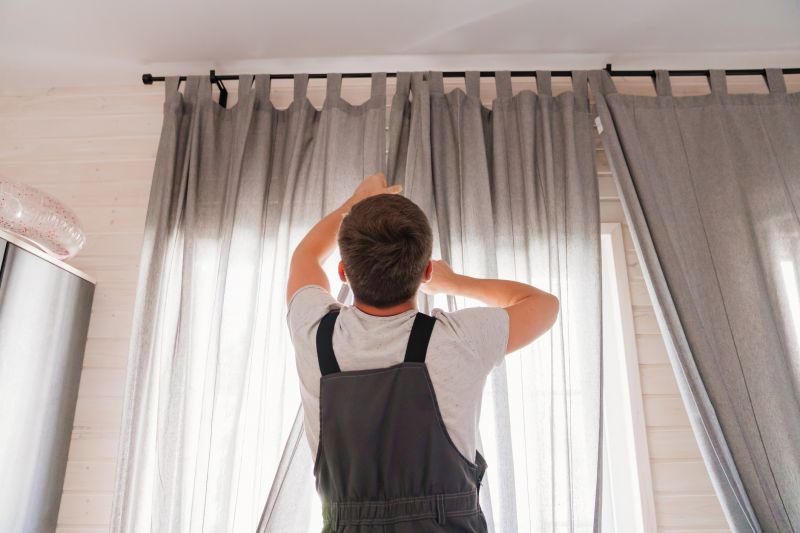
Ways to make Curtain Drain Installations work in tight or awkward layouts.
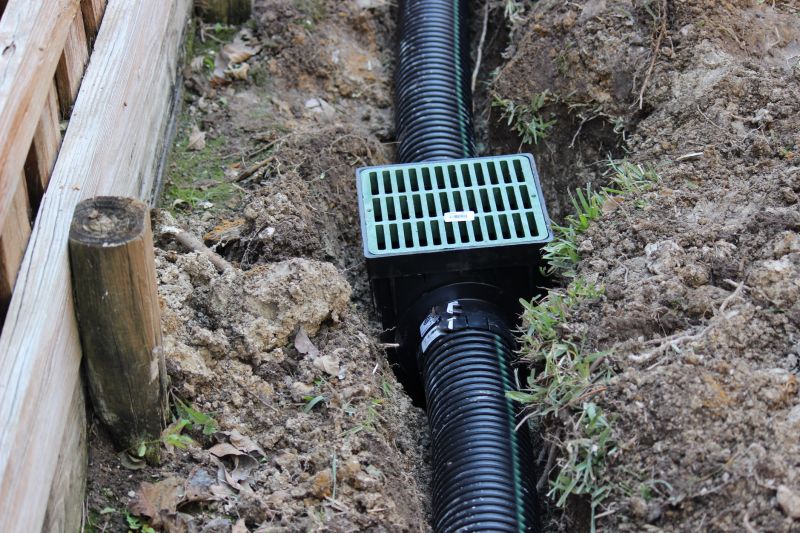
Popular materials for Curtain Drain Installations and why they hold up over time.
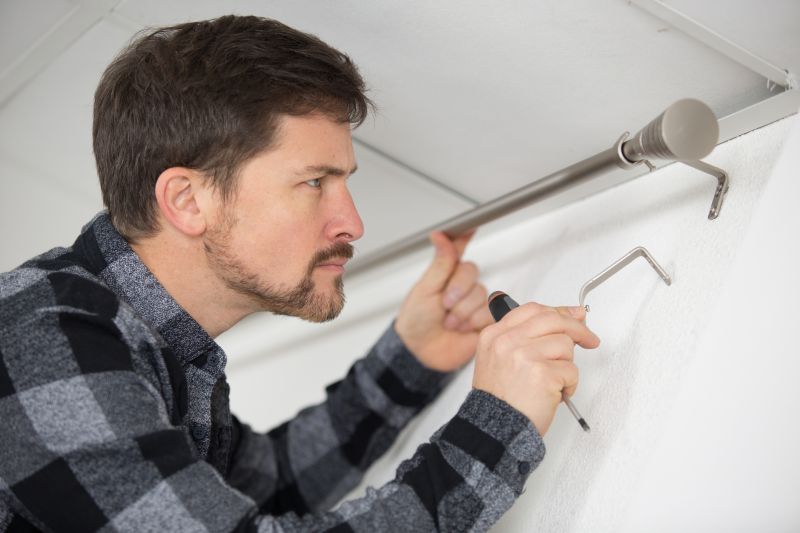
Simple add-ons that improve Curtain Drain Installations without blowing the budget.
| Season | Recommended Conditions |
|---|---|
| Spring | Moderate soil moisture, dry weather, manageable ground conditions |
| Summer | Early summer preferred, avoid peak heat and heavy rain |
| Fall | Before heavy autumn rains, soil still workable |
| Winter | Generally unsuitable due to frozen ground and saturated soil |
| Rainy periods | Should be avoided to prevent delays and soil instability |
Curtain drain installations are crucial for managing excess water and preventing soil erosion around foundations and landscapes. Proper timing ensures the system functions effectively and lasts longer. Installing during favorable weather conditions reduces risks associated with soil movement, waterlogging, and installation delays. Accurate planning aligned with seasonal weather patterns enhances the efficiency of the project and minimizes potential disruptions.
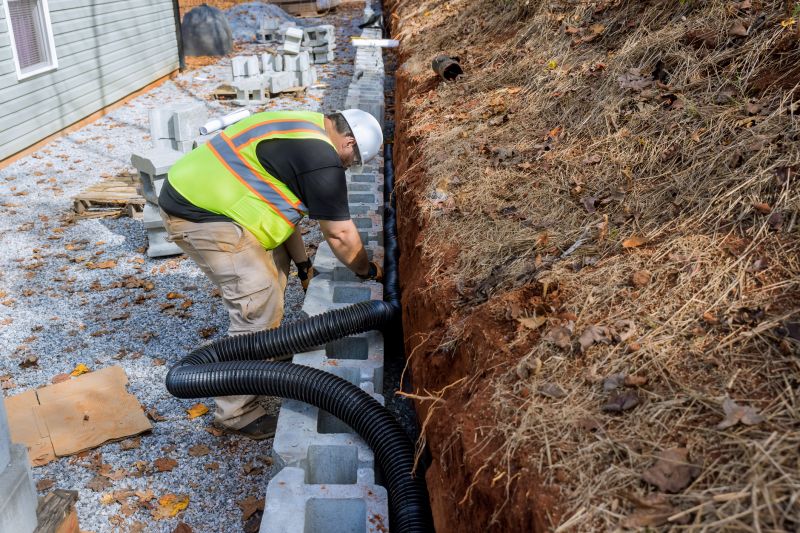
Dry weather facilitates efficient excavation and proper system placement.
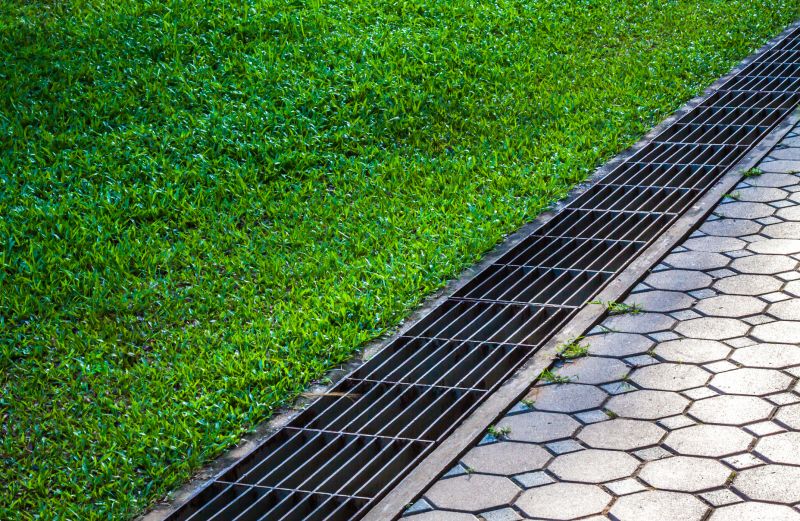
Timing installations during optimal weather ensures system longevity.
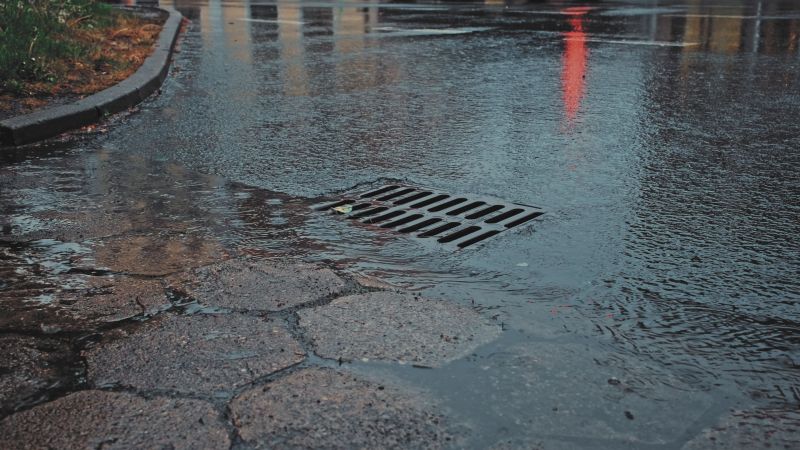
Understanding seasonal weather aids in scheduling for best results.

Installing before heavy rains helps prevent water accumulation issues.
Interested in curtain drain installations? Filling out the contact form provides an opportunity to discuss scheduling options and ensure the system is installed at the most suitable time for optimal performance.
